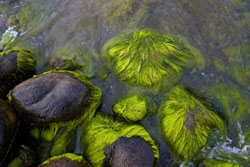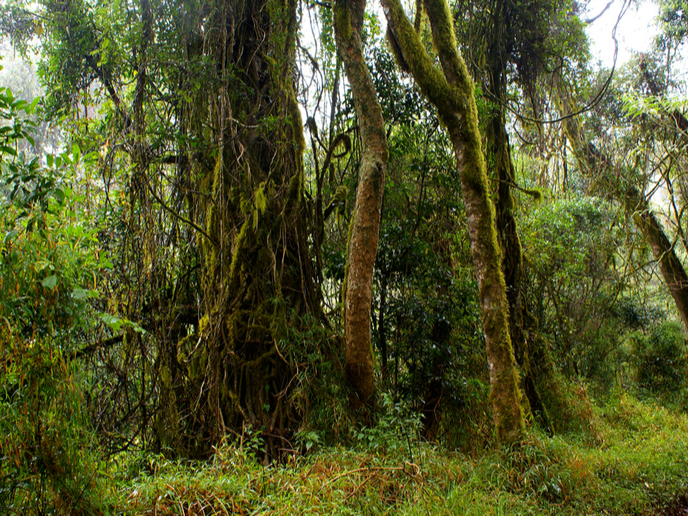Biodegradable mixer from weeds
Seaweed, mainly of the genus Ulva, has become a very costly resident of European coastlines. Every year, some 100.000 cubic metres of vegetation has to be collected and disposed of by seaside towns. Another problem coastal towns face while trying to maintain their marine ecosystems and beaches is the presence of so-called tensio-actives. These are present, usually in detergents, and can be non-biodegradable so adversely affecting bio-diversity. A surfactant or tensio-active is required in many products to cause immiscible substances to mix so they become dissolved or dispersed through the main medium. The food and cosmetics industries all use these molecules in their products or the consumer would find that they would separate into their components. Detergents have tensio-actives to help them dissolve their target molecules like oil. The problem is that most of these compounds are chemically synthesised. Project partners in a cosmetics company based in Bretagne, France investigated to see if they could fulfil two 'green' aims simultaneously. That is, they would use the seaweed to manufacture, on a commercial scale, a surfactant that was biodegradable. The successful process they developed involved the transesterification of methyl esters with polysaccharides. Basically, this means the replacement of a key part of the ester molecule with polysaccharides from the seaweed. No solvent was used in the process although carefully selected solvents were used as extractors during the final stages. As catalysts to speed up the process, a mixture of soaps was used. During the process, parameters were carefully monitored and optimised such as temperature, reaction time and quantity of catalyst. The final product was a gel type of biodegradable grafted polysaccharide with acceptable colour and properties for commercial use. Surface-active molecules of biological origin then, can be produced from Ulva, a renewable and cheap substrate. This bio-surfactant is readily biodegradable and may well be able to replace its chemical counterpart. The developed product is now patented and ready for applications in the cosmetic and pharmaceutical industries.




